Nintendo Super Nes (NTSC – USA)
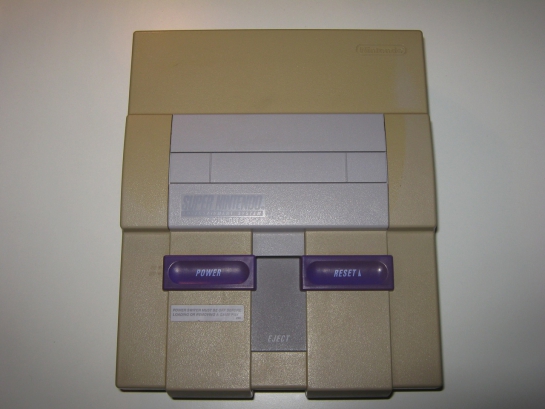
Autopsy:
from Wikipedia:
The Super Nintendo Entertainment System (also known as the Super NES, SNES or Super Nintendo) is a 16-bit video game console that was released by Nintendo in North America, Europe, Australasia (Oceania), and South America between 1990 and 1993.
In Japan and Southeast Asia, the system is called the Super Famicom (スーパーファミコン?, officially adopting the abbreviated name of its predecessor, the Family Computer), or SFC for short. In South Korea, it is known as the Super Comboy (슈퍼 컴보이) and was distributed by Hyundai Electronics. Although each version is essentially the same, several forms of regional lockout prevent the different versions from being compatible with one another.
Designed by Masayuki Uemura, the designer of the original Famicom, the Super Famicom was released in Japan on Wednesday, November 21, 1990 for ¥25,000 (US$210). It was an instant success: Nintendo’s initial shipment of 300,000 units sold out within hours, and the resulting social disturbance led the Japanese government to ask video game manufacturers to schedule future console releases on weekends. The system’s release also gained the attention of the Yakuza, leading to a decision to ship the devices at night to avoid robbery.
source: wikipedia















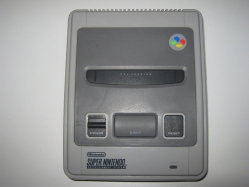















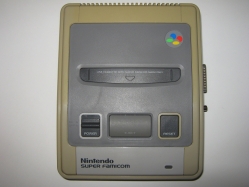

















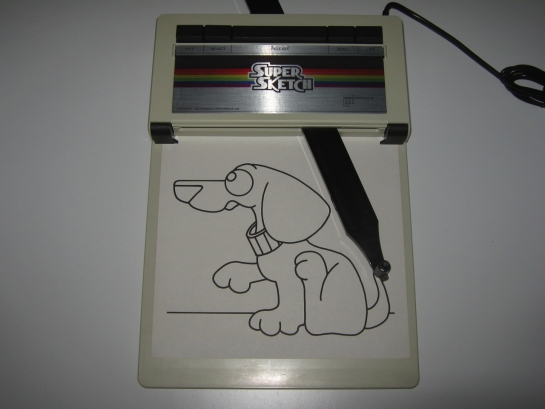




































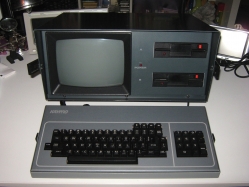





















Recent Comments